Hurricane Season looms on the horizon, a reminder of nature’s unforgiving power. In the face of such a formidable force, preparedness is your shield of protection. The National Oceanic and Atmospheric Administration (NOAA) predicts a near-normal hurricane season, with the potential for 12 to 17 named storms, up to four of which could escalate into major hurricanes. Remember, it only takes one devastating storm to wreak havoc on a home and life. That’s why having a well-thought-out storm plan is essential for your safety but also for safeguarding your home.
This guide serves as suggestions for your protection and while it does not cover every area it will cover many of the key areas. From fortifying your home to ensuring the safety of your family and pets and preparing your business to face the storm’s fury, we’ve got you covered. Let’s embark on this journey together toward safety, security, and resilience.

Prepare Your Home for Hurricane
Shutters and Doors: Your Home’s First Line of Defense
When Hurricane Lee’s formidable force is on the horizon, ensuring that your doors and windows are adequately protected becomes paramount. Plywood with a minimum thickness of 5/8 inches or purpose-built shutters can serve as your home’s armor, safeguarding against the storm’s relentless assault.
Plywood vs. Shutters: Making an Informed Choice
Plywood: Plywood is a readily available and cost-effective option for protecting your doors and windows. It can be purchased from most hardware stores and can be custom-cut to fit your specific needs.
Shutters: Hurricane shutters are engineered specifically for storm protection and come in various styles, including roll-down, accordion, and panel shutters. While they may be more costly they also offer ease of deployment, durability, and security.
Roof Inspection: Fortifying Your Overhead Shelter
Your roof stands as your home’s first and most critical line of defense against a Hurricane’s relentless assault. Ensuring that it’s in optimal condition is paramount to prevent leaks, damage, or even structural failure during the storm.
Roof Leak Prevention: Roof leaks are a common and concerning issue during hurricanes. To safeguard against these leaks, consider these preventive steps:
- Thorough Roof Inspection: Begin by inspecting your roof for any existing damage, such as missing shingles or damaged flashing. Address any issues you discover promptly to prevent them from worsening during the storm.
- Sealing Vulnerable Points: Seal any cracks or gaps in your roof’s structure to prevent water infiltration. Focus on areas like roof vents and chimneys, which are prone to leakage.
- Waterproofing: Applying a waterproof membrane or sealant to vulnerable areas can provide an added layer of protection. These measures help create a barrier against water intrusion.
- Gutter and Downspout Maintenance: Ensure your gutters and downspouts are free from debris, allowing for proper drainage during heavy rainfall. Clogged gutters can exacerbate water-related issues during a hurricane.
Professional Inspection: While some roof inspections and repairs can be undertaken by homeowners, it’s often advisable to seek the expertise of a professional roofing contractor. They can conduct a comprehensive assessment of your roof’s condition, identify hidden vulnerabilities, and perform necessary repairs or reinforcements. This proactive approach provides peace of mind, knowing that your home is well-prepared to withstand Hurricane Lee’s fury.
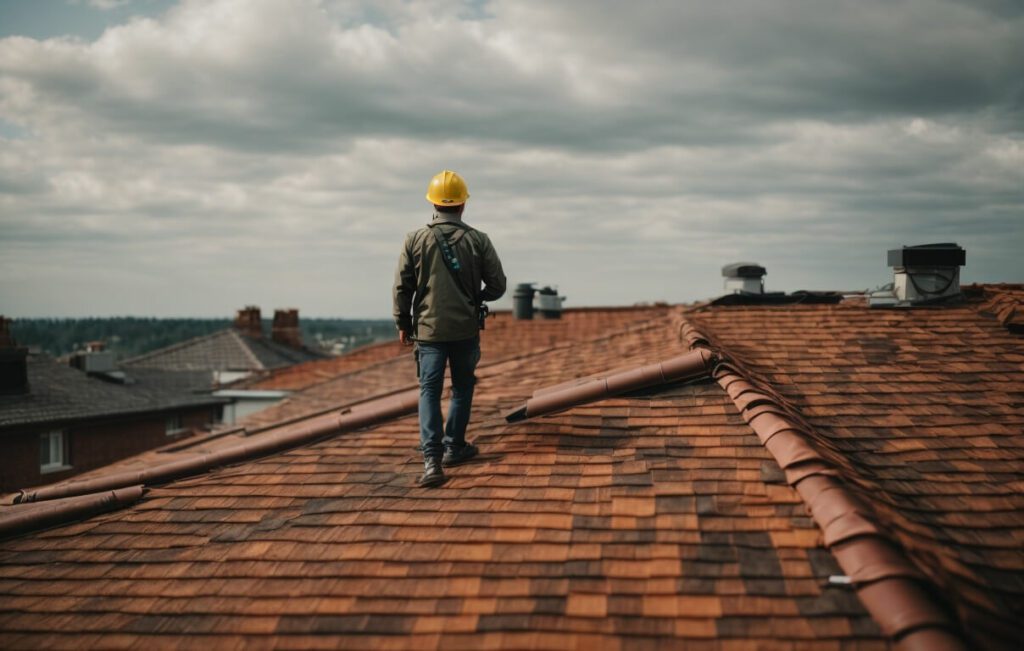
Outdoor Precautions
Anchoring Structures: Secure outside storage tanks, sheds, and structures to prevent them from becoming projectiles.
Trimming Trees: Safely trim trees and shrubbery, avoiding electrical lines and excessive heights.
Gutter Maintenance: Clear loose and clogged rain gutters and downspouts to prevent water damage.
Essential Supplies
Emergency Kit: Prepare a kit with non-perishable food, water, first-aid supplies, and essentials. Confirm all needed medications are at hand. In the event of loss of electricity, have a cooler ready for any medications needing refrigeration.
Communication: Equip yourself with a NOAA radio for critical storm updates. Make sure you have batteries or a portable energy source in the event of lost electricity. Also, while cellular communication can be lost, updating your voicemail message can inform family members to your condition. This can be updated regularly as the storm moves through.
Insurance Review: Review your insurance policies and have a copy available to ensure you have adequate flood and wind coverage. Have contact numbers available for your agent and issuing company.
Important Record Protection: Keep in a waterproof, portable container:
- Will, insurance policies, contracts, deeds, stocks and bonds
- Passports, social security cards, immunization records
- Bank account numbers
- Credit card accounts and phone numbers and companies
Pet Safety During Hurricane Lee
Bug-Out Bag for Pets
- Food and Water: Pack enough food and bottled water for your pets to last at least a week.
- Medical Records: Include medical records, medications, and your vet’s contact information.
- Comfort: Toys, treats, and familiar items help reduce stress.
- Microchipping: Ensure your pets are microchipped and update your contact information.
- Vaccinations: Keep your pets up to date on vaccinations, especially during hurricane season.
- Medication Supply: Stock up on pet medications, including preventative ones for heartworm and fleas.
- Place an emergency sticker on your front door, indicating the presence of pets. This helps rescuers identify homes with animals.
Print Your Hurricane Preparedness Checklist Here
Preparing Your Business for Hurricane
Emergency Action Plan
- Develop a comprehensive Emergency Action Plan (EAP) covering prevention, warning, response, evacuation, and recovery.
- Appoint an Emergency Coordinator and Team to execute the EAP.
- Collaborate with local emergency management offices and understand your community’s evacuation plan.
- Ensure that your facility receives NOAA radiofrequency for storm updates.
Communication and Coordination
- Establish communication procedures for employees, suppliers, vendors, contractors, and clients. Maintain a contact list.
- Secure outside structures and brace them for hurricane-force winds.
- Elevate vital records, valuables, and furniture to protect against flooding and wind.
- Stock up on non-perishable food, first-aid supplies, and drinking water.
Employee Safety
- Create emergency evacuation kits for employees and their families.
- Provide cellular or satellite phones to essential personnel.
- Ensure regular maintenance of backup resources such as generators.
- Review your insurance policies to determine if you have adequate flood and wind coverage.
Conclusion: Safety First!
In the face of Hurricane Lee or any natural disaster, preparedness is your best ally. By following these guidelines, you can safeguard your home, protect your pets, and ensure your business’s resilience. Safety is our priority, and together, we can weather the storm.
If you face damages after Hurricane Lee or require assistance during the recovery process, do not hesitate to contact Restoration Operators. We are here to help you rebuild.
FAQ
Ensure safety by keeping digital copies of important documents. Reach out to your insurance provider for guidance if necessary.
Microchipping ensures permanent identification for pets, increasing the chances of reuniting lost pets with their owners.
Yes, FEMA offers an app that identifies nearby pet-friendly shelters. However, not all shelters accept pets, so plan accordingly.
It’s advisable to review your policies annually or when you make significant changes to your property or assets. Consult with your insurance provider for guidance.



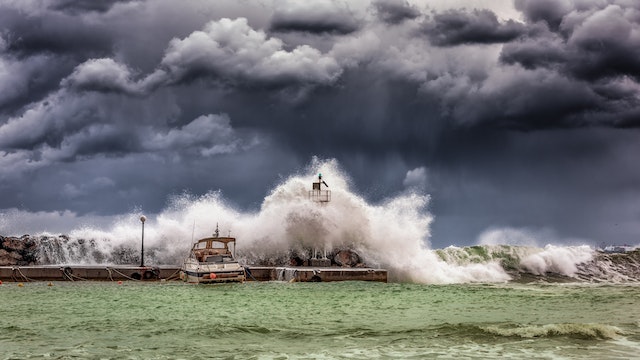
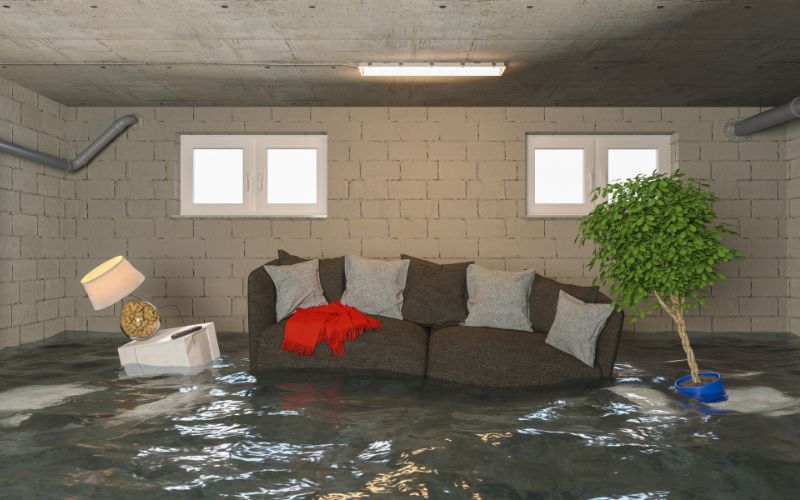
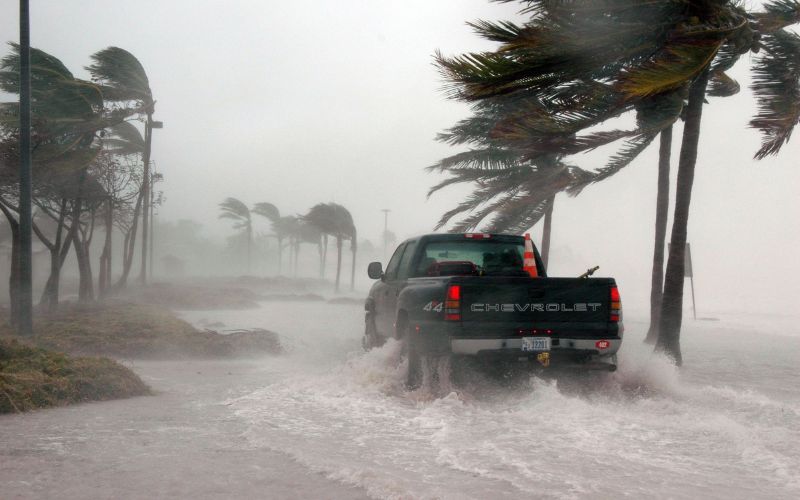
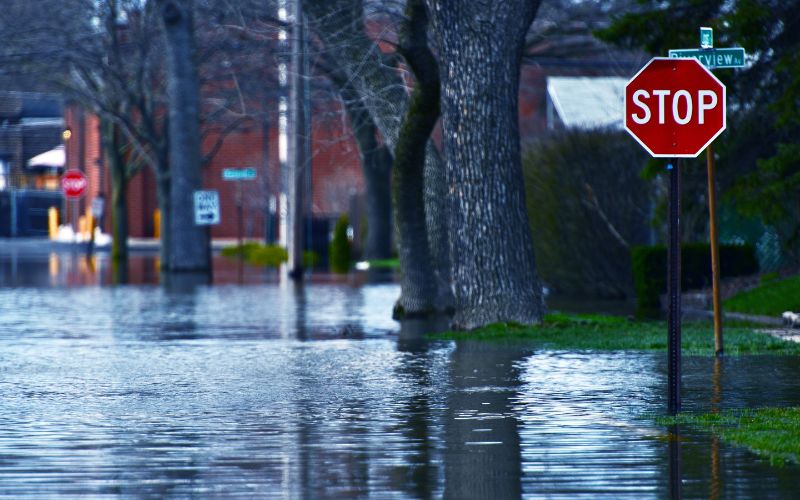
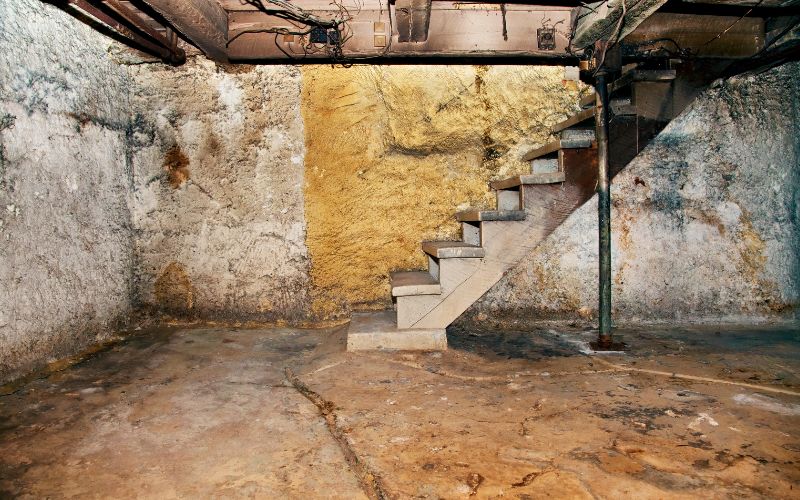
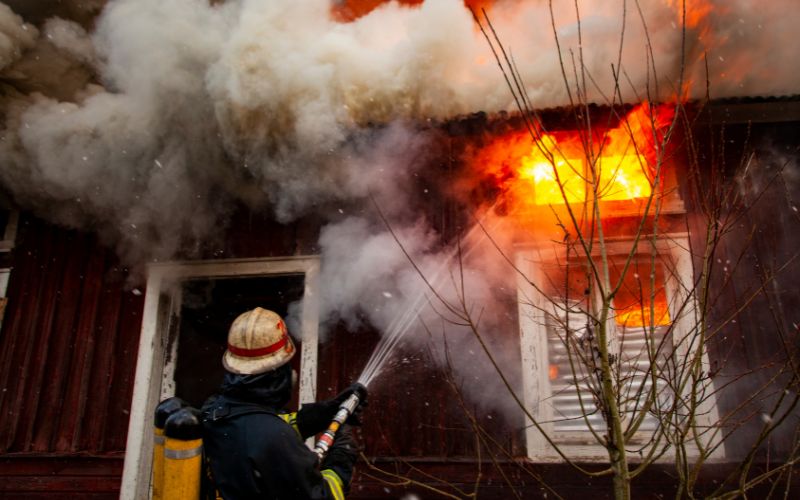




 by
by